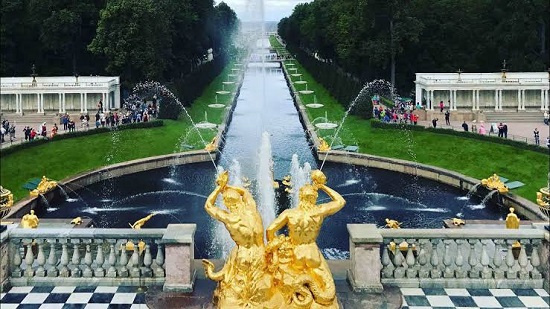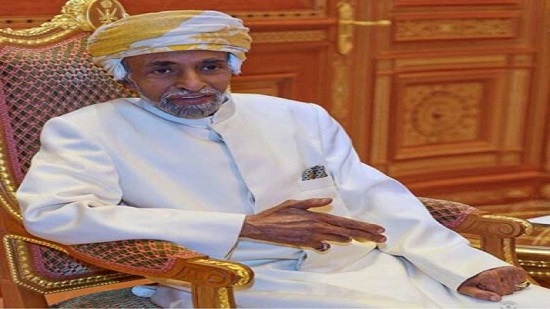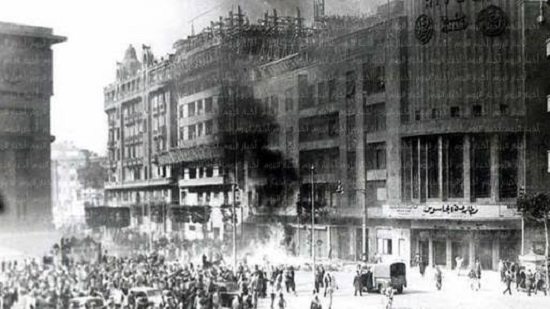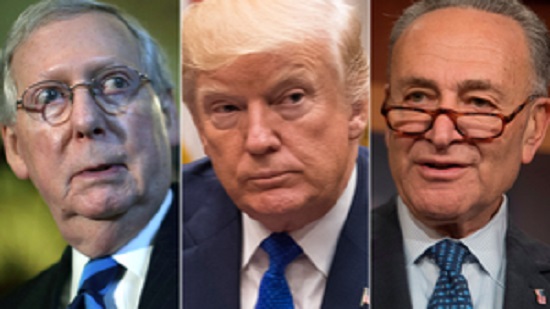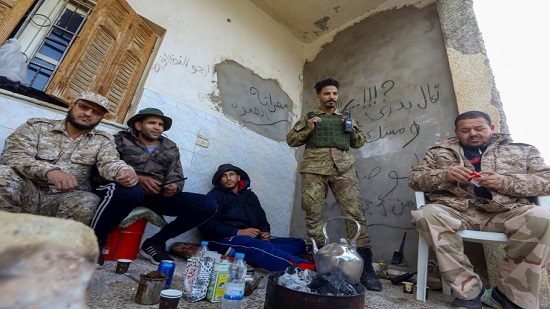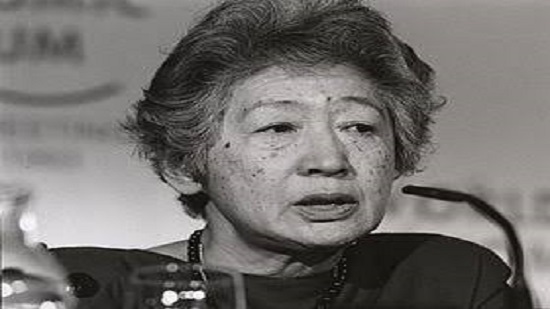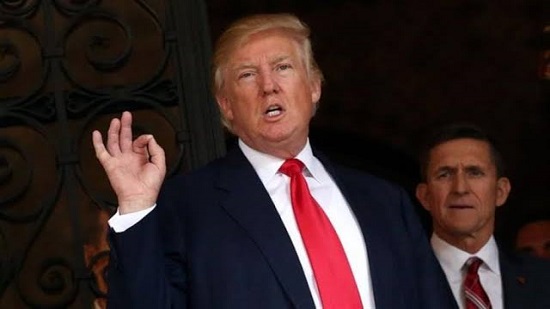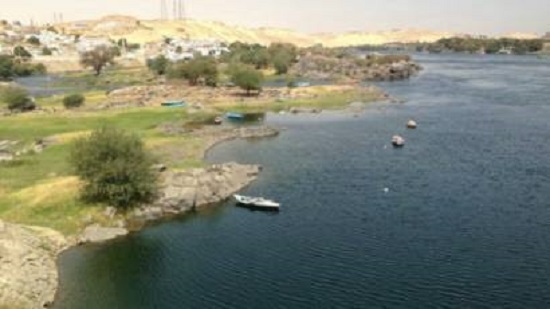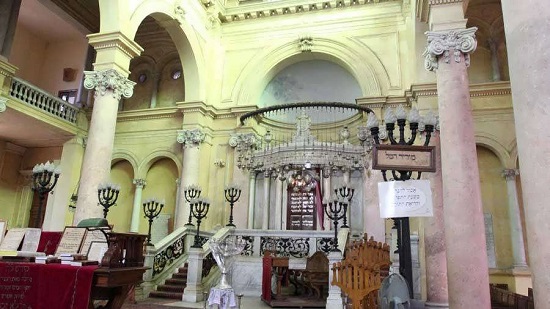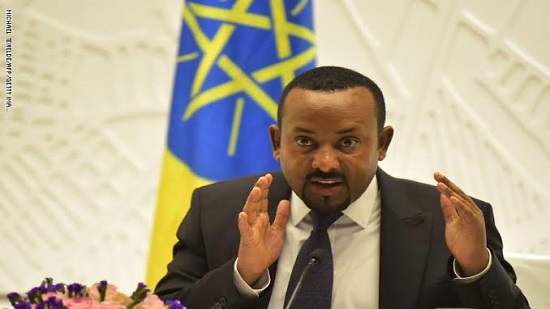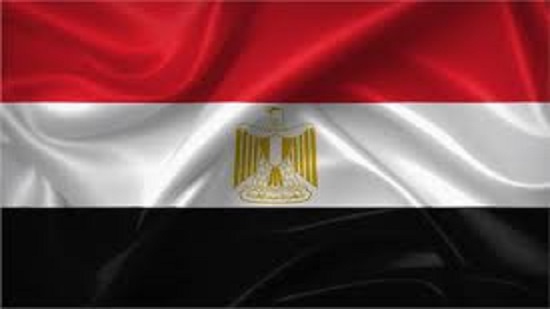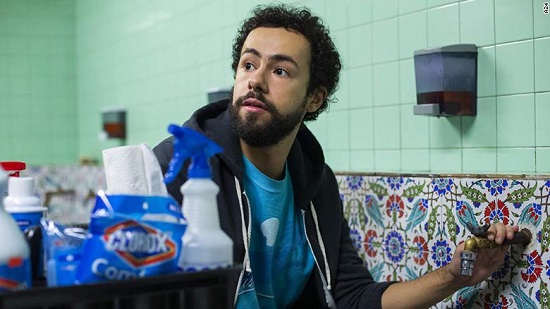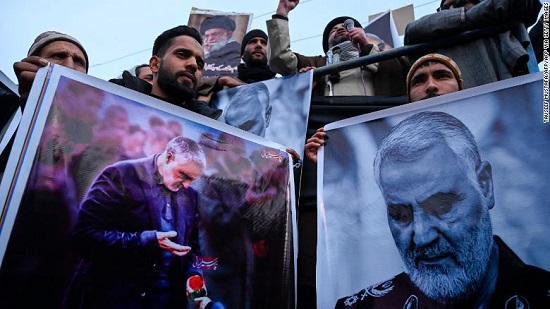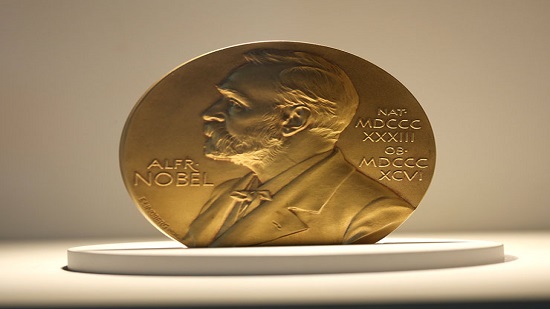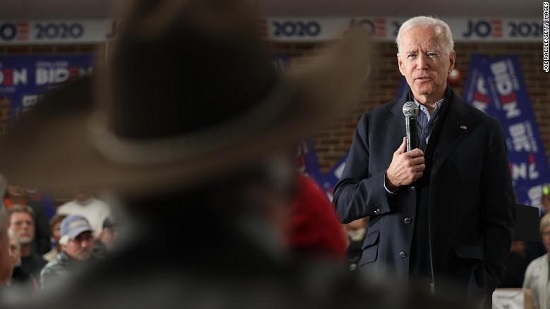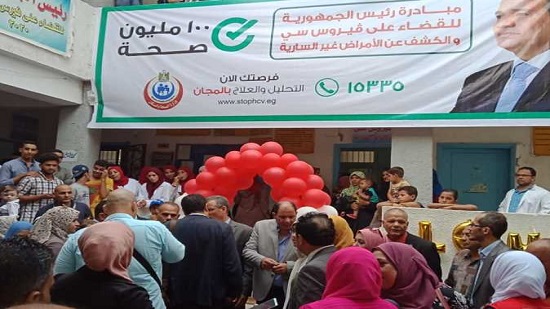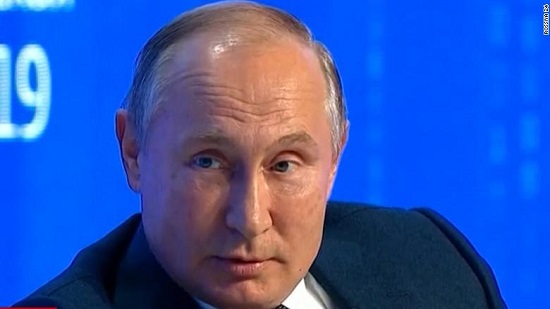Ultras in Egypt: Social movements or political opponents?
Since the year 2007, Ultras movements have been present in the public sphere and within society as a phenomenon, or a number of movements that have the power to organise collective action, or to influence public opinion. The Ultras movements were a new introduction to Egyptian society and its public sphere on various platforms. There are two main aspects that need to be addressed: the pattern of public presence is the first, and the interaction with the state is the second. Ultras movements in Egypt were intertwined with a number of factors that had an influential effect on those movements presence within the public sphere.
In 2007, former virtual groupings of football fans were transformed into organised entities, to introduce a new culture and change to the one already existing within football cheering traditions. The core concept is belonging to an entity and not to a player, or a club president. In Egyptian football, this was a significant change, because the culture of cheering for was for many years governed by various traditions and practices. The concept of finding an identity through football was not present within the culture of cheering in Egypt before 2007. This transformation created some alterations in the place of football fans in the public sphere, and indeed expanded their influence as a social group.
The emergence of Ultras movements, and their ability to use public space, and the increasing number of members during the years 2007-2011, attracted attention from both state and society. The police are the entity responsible for securing fans at football matches in Egypt. The increase in the use of public space by the Ultras movements, and the creativity within chants and repertoire, created a violent and contentious relation between the Ultras movements and the state. The clash and intersection with state institutions added a political dimension to Ultras movements. They became more aware of political events, and more willing to participate in events of collective action. By the time this situation was instilled in Ultras movements, the January 25 Revolution came, with all the adjustments it brought to the public sphere in Egypt, and the Ultras knew how to use those adjustments.
In the 2011 Revolution, Ultras movements took to the streets in response to a political call for mobilisation (something they hadn t done before), and also relied on the mobilising capacity they possessed as a social movement and the close networking members had with each other. For example, on 28 January 2011, the internet was cut by order of the government, and mobiles did not work. The Ultras, however, because of their close networking and their regional spread, were able to communicate with each other across the geographical diffusion. Ultras movements in Egypt are organised according to a geographical catalogue. For example, Ultras Ahlawy or Ultras White Knights (the biggest two Ultras groups in Egypt) are organised in the pattern of a grapevine. As soon as decisions needed to be made for collective action, local groupings called meetings to decide issuing a call for mass participation. Movement committees in different parts of Cairo, for example (Abdeen, Helwan, Madinet Nasr, Al-Marg, and other neighbourhoods in Cairo), called for meetings to take a political decision for the first time in their history as an organised social entity.
The interesting point within this scene is the fact that none of those meetings came out with tangible decisions or a concluding statement. This in return means that Ultras movements could not, at the time, reach a collective consensus over their participation in the political realm.
The Ultras, however, took to the streets and dominated a slice of the public sphere during 2011, and the consecutive events that followed. At that point, the movements went through a clear phase of politicisation via participation in collective action in a time of collective tension. After the ouster of Mubarak, they were not a favourite faction of the state; their actions, pattern of presence and activities contradicted much with political will of the regime at that time. Their model of social work led to several confrontations between the Ultras and the state at a time of political instability.
The concluding question is, after this brief explanation, how the matrix of football (including the Ultras movements) transformed over recent years, since 2011. What we witness today within the Ultras scene is very different to 2011, whether internally within the movements, or externally within the state. The nexus between these parties has significantly changed, and as a result, patterns of interaction have changed too.
Recently, fans were allowed back into stadiums during football matches in limited numbers, ranging from 5,000 to 10,000 in African tournaments matches. The return of the fans raises more than one point for discussion and poses more than one question.
Ultras movements were officially dissolved during 2019, but their culture of cheering remains present. In other words, the organisational entity no longer exists, but the mentality and the collective behaviour remain the same. Ultras movements were robbed of their organisational presence, and their mobilising capacities. However, the Ultras mentality still dictates their collective behaviour. They remain practically active within the public sphere and remain argumentative.
With the return of fans to the stadiums, one must ask, what do Ultras movements signify today to both society and state? To society, the Ultras are still a platform of identity to lots of people, despite all the events that happened within these movements in recent years. To the state, de-politicising the Ultras movements is a precondition to bringing back fans to stadiums. For Ultras groups, changing the pattern of public participation is the answer for a phase of reconciliation with the state, and hence, a re-entry into the public sphere.
And the final question is, are the Ultras social movements or pollical opponents to the state and the political regime?
I believe that Ultras movements were politicised by accident, at a time that witnessed political mobility that Egypt did not know before. What is happening now is an attempt to remove the political dimension from factors that form the collective identity of Ultras groups, to bring them back to being social organisations committed to supporting the football clubs to whom they relate, as mere football fans. What needs to be mentioned is the fact that Ultras movements were never political entities; they never had any political thinking or political agenda. They were only politicised due to the course of specific events, and the prevailing political context. Therefore, the Ultras are mere social movements and not political opponents to the regime that seek a presence to start a political challenge.


